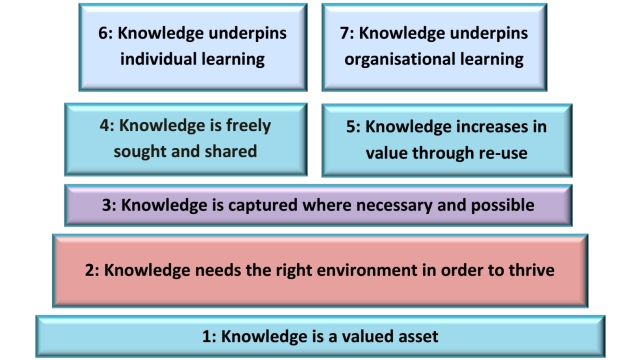
Introduction to knowledge graphs (part 3): Data graphs
This article introduces part 3 of the Introduction to knowledge graphs series of articles. Recent research has identified the development of knowledge graphs as an important aspect of artificial intelligence (AI) in knowledge management (KM).
In their comprehensive multi-author tutorial article1, Aidan Hogan and colleagues:
- outline graph data models and the languages used to query and validate them
- present deductive formalisms by which knowledge can be represented and entailed
- describe inductive techniques by which additional knowledge can be extracted.
Hogan and colleagues’ article is summarised in parts 3, 4, and 5 of this series, beginning with data graphs in this part (part 3) as shown below. Additional information from other relevant reference sources has been added to some sections.
Tourism example
To keep the discussion accessible, Hogan and colleagues’ present concrete examples for a hypothetical knowledge graph, which are reproduced in the parts 3, 4, and 5 of this series. This hypothetical knowledge graph relates to tourism in Chile, aiming to increase tourism in the country and promote new attractions in strategic areas through an online tourist information portal. The knowledge graph itself will eventually describe tourist attractions, cultural events, services, businesses, as well as cities and popular travel routes.
Part 3 – Data graphs
At the foundation of any knowledge graph is the principle of first modelling data as a graph. This part discusses a selection of popular graph-structured data models, languages used to query and validate graphs, as well as representations of context in graphs.
Next part: (section 3.1): Data graphs – Models.
Header image source: Crow Intelligence, CC BY-NC-SA 4.0.
References:
- Hogan, A., Blomqvist, E., Cochez, M., d’Amato, C., Melo, G. D., Gutierrez, C., … & Zimmermann, A. (2021). Knowledge graphs. ACM Computing Surveys (CSUR), 54(4), 1-37. ↩





